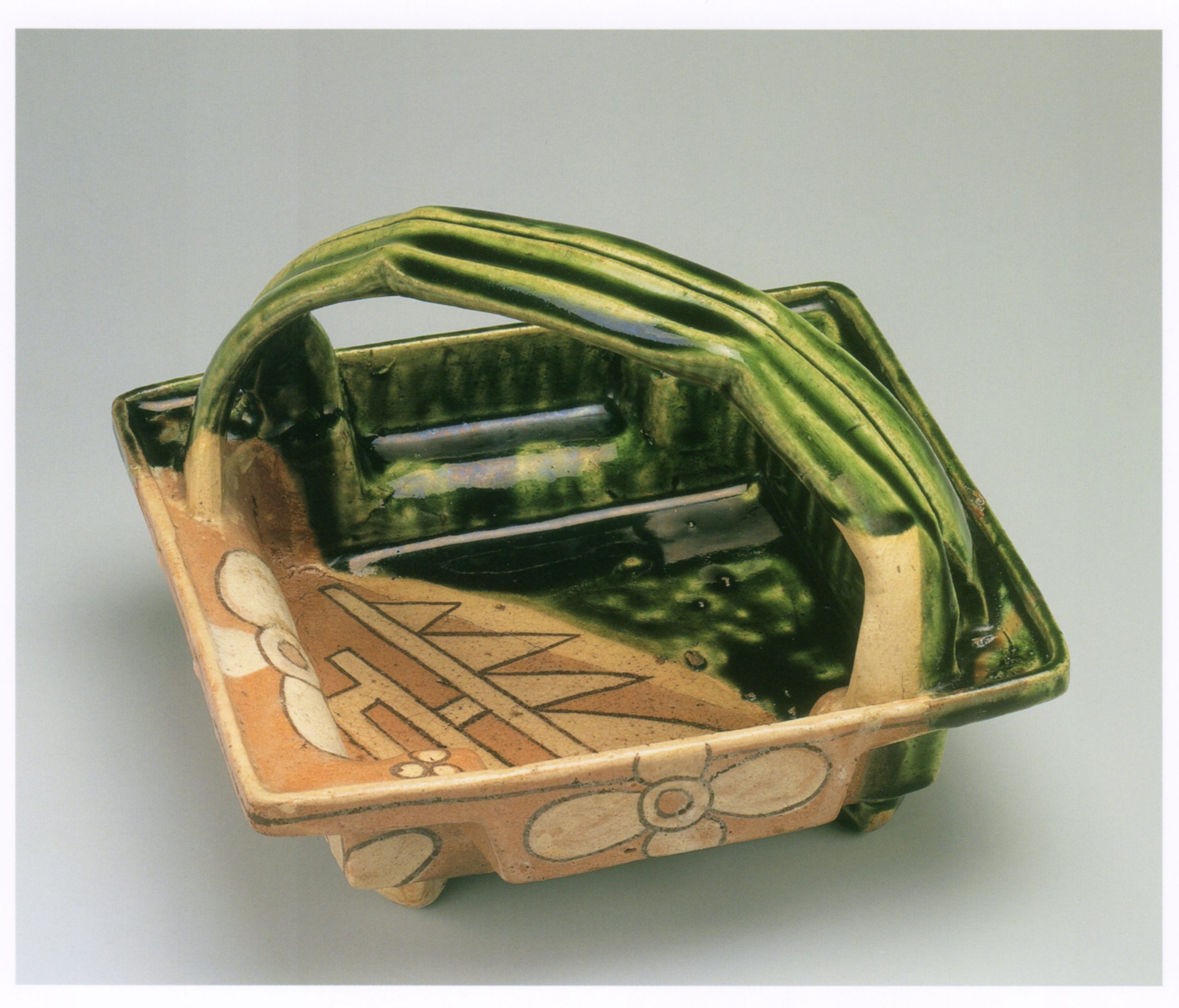
The Connection between Tea Ceremony and Japanese Cuisine
More than a decade has passed since washoku (traditional Japanese cuisine) was inscribed on UNESCO’s Intangible Cultural Heritage list, yet it continues to attract enthusiastic interest both within Japan and around the world. It remains a focal point of attention at the ongoing Expo 2025 as well. For many years in Japan, honzen ryōri was the formal cuisine served on celebratory occasions such as weddings. This style emphasized visual opulence, with numerous elaborate dishes presented all at once, so many that they could not be finished. Naturally, the food would become cold and hard, and it was not uncommon for a separate meal known as fukusa ryōri to be prepared and actually eaten instead. Honzen ryōri thus became a form of hospitality cuisine intended more to be seen than consumed. In contrast, the tea ceremony, as refined by celebrated tea master Sen no Rikyū and flourishing in the 16th century, emphasized simplicity. The kaiseki ryōri served in this context offered only what was needed, at just the right quantity and ideal temperature. Aesthetic pottery such as oribe-yaki and kenzan-yaki was used for serving, allowing guests to appreciate both the visual and culinary aspects of the meal. This approach laid the foundation for what we now recognize as the essence of washoku, a cuisine to be savored with both the eyes and the palate. Ayaka Uchida, Curator Yuki Museum of Art Photo:"Bowl with narcissus in overglaze enamels"by Kenzan studio, owned by Yuki Museum of Art.

Thumbnail: " Square Bowl with handled, Oribe ware" (Important Cultural Property, owned by Yuki Museum of Art) *Oribe-yaki and kenzan-yaki are two distinct varieties of Japanese pottery. Oribe ware originated in the Mino region of Gifu Prefecture in the early 17th century. Its inventive patterns and beautiful forms were beloved by many tea masters, and potters in various regions continue to produce it today. Kenzan ware first arose around 1699 when famed artist Ogata Kenzan opened a kiln in Kyoto. He developed unique techniques, such as white-glazed pottery with iron-picture designs influenced by the Rinpa School of Japanese painting.